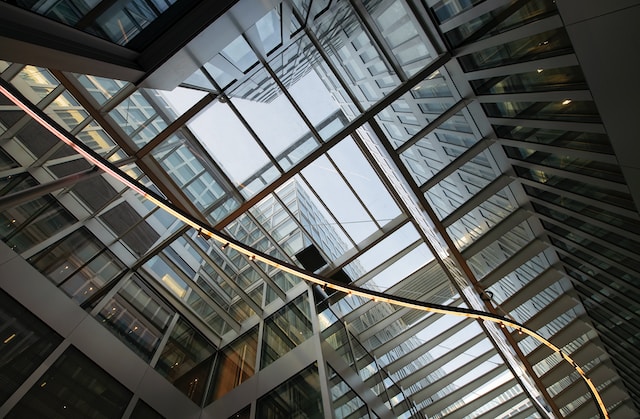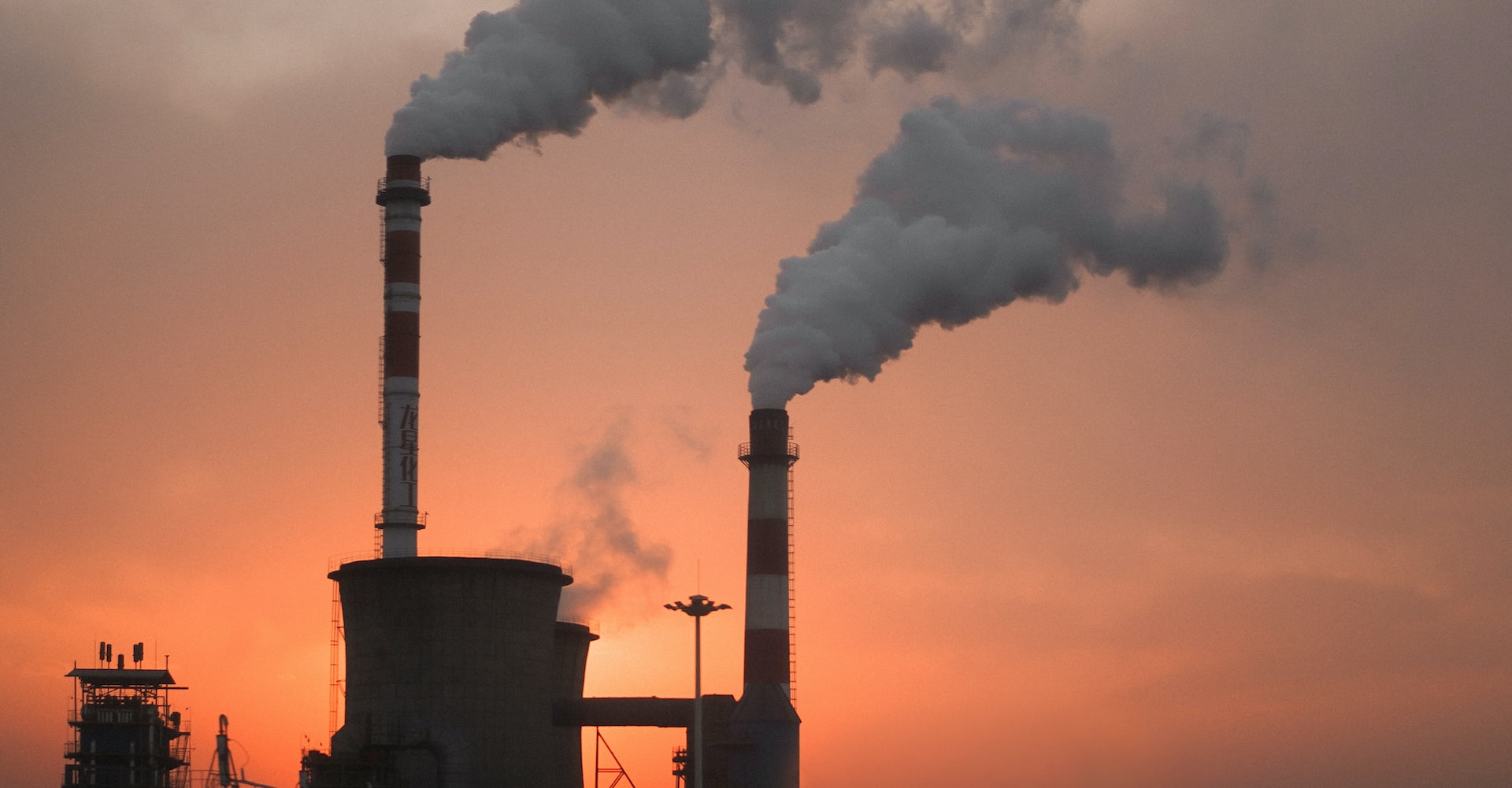In the dynamic realm of commercial construction, the quest for durability and resilience has never been more crucial. Exterior wall panels play a pivotal role in fortifying structures against the capricious elements of nature. As architects and builders navigate the intricacies of design and functionality, the selection of weather-resistant wall panel solutions becomes a cornerstone in ensuring the longevity and performance of commercial buildings.
The Essence of Weather Resistance in Commercial Construction
In the challenging arena of exterior applications, weather-resistant wall panels emerge as unsung heroes. These panels are engineered to withstand the harshest weather conditions, from relentless rain and extreme temperatures to unforgiving exposure to UV rays. This resilience is not merely a luxury but a necessity, safeguarding structures against the erosive impact of time and weather-induced wear.
Innovations in Coatings
Beyond material choices, the innovation in coatings represents a revolutionary stride in weather-resistant wall panels. Advanced coatings, such as hydrophobic and UV-resistant formulations, create an impermeable shield, deflecting rainwater and mitigating the effects of prolonged exposure to sunlight. These coatings not only bolster the longevity of the panels but also contribute to the overall maintenance and aesthetic appeal of the commercial structure.
Beyond Aesthetics
While the primary focus of weather-resistant wall panels lies in safeguarding against the elements, their functional significance extends beyond mere protection. These panels serve as a first line of defense against energy inefficiency, preventing unwanted heat transfer and maintaining a regulated interior climate. Architects, therefore, find themselves not only designing for endurance but also for energy efficiency in the larger context of sustainable construction.
Materials Matter
A critical decision in the pursuit of weather-resistant structures is the careful selection of materials for exterior wall panels. High-quality materials, such as fiber cement, metal composite, and engineered wood, offer robust resistance to moisture, preventing issues like warping, rot, and mold growth. Architects today delve into a myriad of material options, each presenting a unique set of advantages in enhancing weather durability.
Installation Expertise
No matter how advanced the panels are, their efficacy relies heavily on the precision of installation. Weather-resistant panels demand meticulous attention during installation to create a seamless barrier against the elements. Architects and construction teams collaborate to ensure every panel is strategically placed and sealed, leaving no room for vulnerabilities that weather could exploit over time.
The Role of Exterior Wall Panels in Architectural Design
Beyond their utilitarian role, weather-resistant wall panels significantly impact the aesthetic design of commercial structures. Architects leverage the versatility of these panels to create visually striking exteriors that echo both functionality and elegance. The interplay of textures, colors, and panel configurations becomes a palette through which architects express their design ethos while adhering to the demanding standards of weather resistance.
Meeting Building Codes
In the intricate dance of construction, adherence to building codes stands as a non-negotiable aspect. Weather-resistant wall panels must not only meet but exceed the stringent requirements outlined in building codes. This adherence ensures that commercial structures are not only resilient to weather but also legally sound, mitigating potential liabilities that could arise from non-compliance.
The Long-Term Benefits of Weather Resistance
While the initial investment in weather-resistant wall panels might seem substantial, it pales in comparison to the long-term benefits they bestow. Commercial property owners and investors find solace in the fact that these panels contribute to a building’s sustained value, requiring minimal maintenance and replacement costs over the years. The wisdom of investing in weather resistance becomes evident in the extended life cycle and reduced operational expenses.
In the ever-evolving landscape of commercial construction, the integration of weather-resistant wall panels stands as a testament to the industry’s commitment to durability and sustainability. Architects, builders, and property owners alike recognize that protecting a commercial structure from the elements is not merely a precaution but a strategic imperative. As the skyline evolves, these panels continue to play a silent yet pivotal role in shaping resilient, enduring, and visually captivating commercial spaces.







